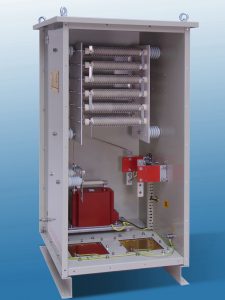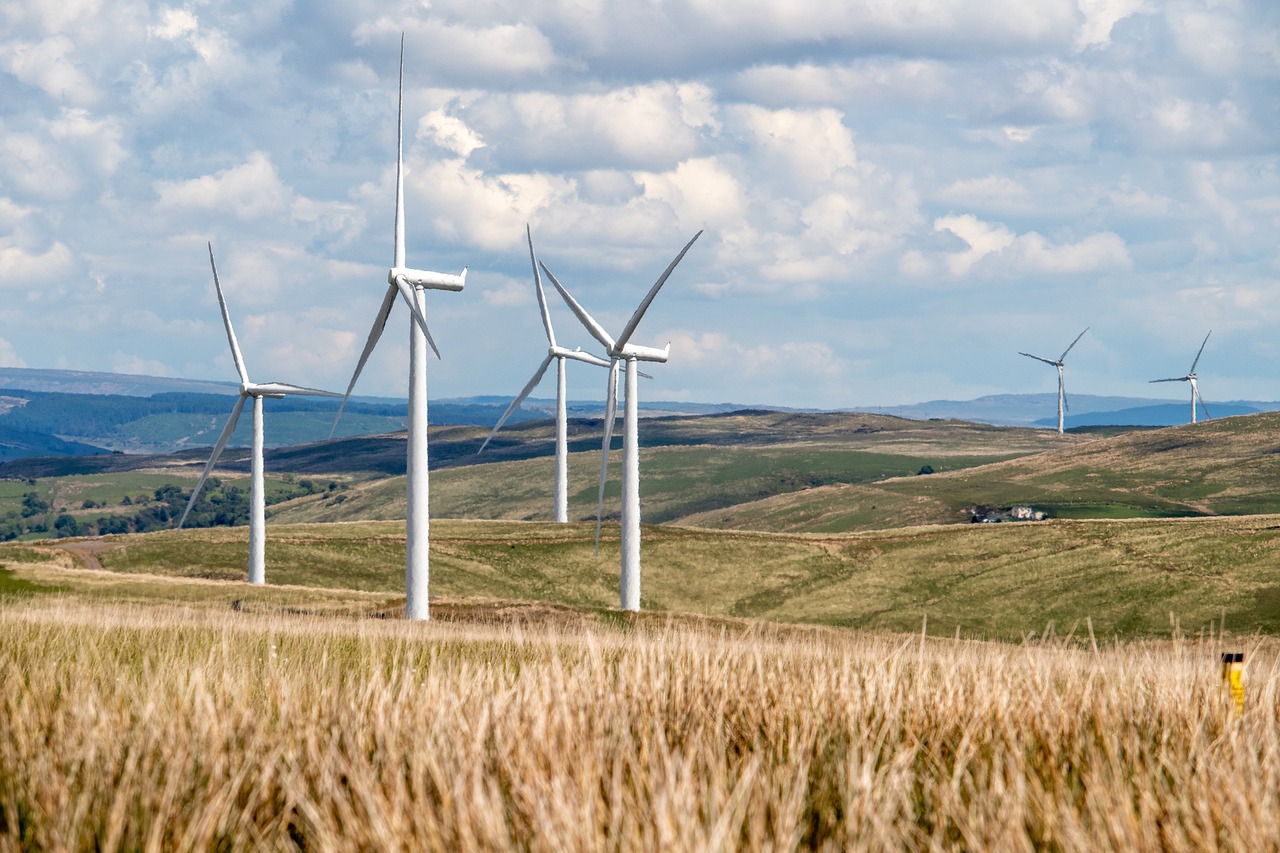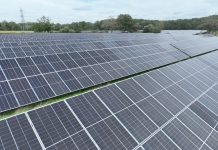Labour’s Clean Power 2030 plan, announced in December, sets an ambitious target for the UK to achieve 100% clean energy by the end of the decade. With bold promises to tackle climate change and position the UK as a global leader in renewable energy, how can we ensure the plan’s success? Here, Mike Torbitt, managing director of resistor manufacturer Cressall, explores the vital role of resistors in advancing the UK’s renewable energy transition.
Clean Power 2030 is set to “herald a new era of clean energy independence” while addressing the need for a secure and affordable energy supply, however, three challenges must be addressed to achieve this. To make Clean Power happen, industry must succeed at scaling up renewable energy generation without overpowering infrastructure, ensuring renewable safety and reliability and addressing the question of hybrid-transition systems.
Behind the scenes of the renewable energy transition, critical technologies — such as resistors — are helping to address these technical and operational challenges head-on.
Ensuring stability while scaling up
According to UK Government data from 2023, electricity including renewables accounted for 53% of total energy output. To reach 2030 targets, wind, solar and other renewable energy generation must be scaled up.
Scaling up renewable energy generation means significantly increasing the production and integration of renewable energy sources. This involves balancing the growth of infrastructure and capacity of these systems while ensuring they still operate reliably within the existing grid.
However, technical challenges may arise due to the intermittent and variable nature of renewable energy sources like wind and solar. These fluctuations can cause surpluses when production exceeds demand, leading to potential grid instability, equipment damage or outages if not managed effectively.
Pre-insertion Resistors (PIRs) play a vital role in addressing these challenges by limiting inrush currents and transient overvoltages while connecting new renewable generation assets. These resistors are designed to momentarily inset a controlled resistance into the circuit before the full connection is made. This process works by reducing the rate of current rise and dampening high-frequency oscillations caused by switching events.
For example, when a wind turbine generator connects to the grid, the resistors absorb the initial electrical surge, minimising stress on the system and preventing damage to transformers and converters.
Once the initial surge is managed and the electrical system stabilises, the PIRs are bypassed, allowing normal operation without additional resistance in the circuit. This seamless transition ensures the safe and reliable integration of renewable energy sources, facilitating the scaling of wind and solar farms needed to meet Clean Power 2030 objectives.
Maintaining safety and efficiency
Failures in renewable energy systems — from faulty equipment, safety breaches or system overloads — can be costly and disruptive. For example, fixing a wind turbine blade can cost in the region of £150,000, with most repairs taking approximately one to three days.
Renewable infrastructure must be rigorously tested and maintained to optimise performance and safety and avoid costly repairs and unnecessary disruption.
Load banks enhance testing and maintenance, replicating the electrical loads renewable energy systems will encounter during operation. This allows engineers to verify performance and identify any weaknesses, reducing the risk of unexpected failures.
During operation, load banks ensure that systems continue operating at peak efficiency, enabling regular maintenance by providing a consistent, measurable load for testing. Furthermore, load banks can be used totest backup systems like energy storage and microgrids, which are essential for stabilising renewable energy sources.
Bridging the gap
As the transition to clean energy occurs over the next five years, the National Energy System Operator (NESO) acknowledged in their Clean Power 2030: Advice on Achieving Clean Power for Great Britain by 2030 report that there will be a period of dual operation. During this time, both renewable and existing fossil fuel sources will have to operate concurrently to ensure energy security.

The presence of hybrid energy systems will likely be an important step in the transition to clean energy. However, integrating fossil fuel and renewable energy sources into hybrid systems is complex, often requiring a flexible approach to managing electrical faults and stability, as the contribution of each energy source can vary depending on demand and availability. This is where neutral earthing resistors (NERs) are crucial.
NERs are engineered to handle the high faults in hybrid systems. They feature robust materials and precise resistance values tailored to the electrical characteristics of the grid. This makes them more effective than other grounding methods, such as solid grounding or ungrounded systems, which cannot limit fault currents and manage system stability as efficiently.
By providing a controlled grounding mechanism, NERs help prevent dangerous voltage spikes, protect transformers and generators from damage and make systems safer and more reliable.
With the rising demand for sustainable, low-carbon generation, Cressall has applied its expertise to develop resistors for the testing, generation and control of renewable energy. The company offers both off-the-shelf and custom-built designs tailored to meet the needs of various locations, renewable applications, control requirements and power ratings.
Achieving the ambitious goals of Clean Power 2030 will require innovative solutions to overcome the challenges of scaling renewables, ensuring system reliability and navigating the hybrid transition. Technologies such as dynamic braking resistors, load banks and neutral earthing resistors play a vital role in supporting this transformation. By overcoming these hurdles, the UK can take confident steps toward a cleaner, more sustainable energy future.
For more information about Cressall’s resistor solutions for renewable energy technologies, contact an expert member of the team.




